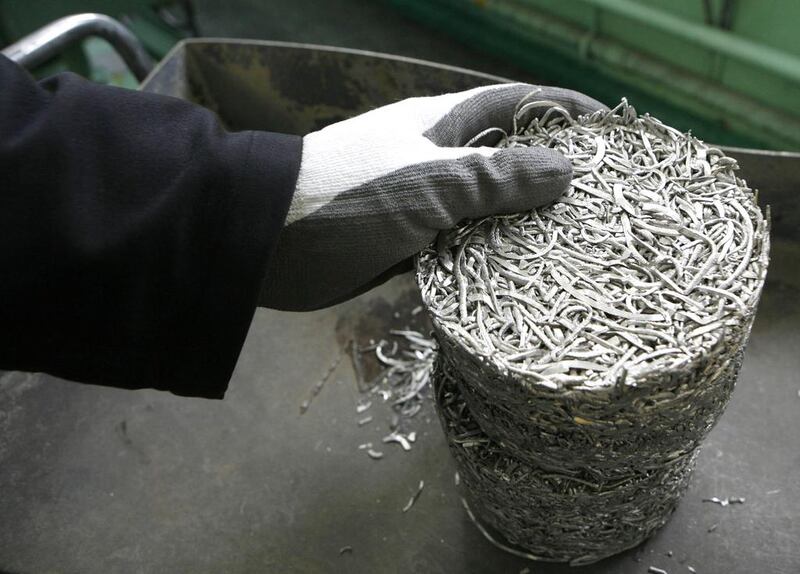The world’s biggest platinum miners are ramping up plans to build renewable energy plants to free them from power outages that have plagued South Africa for more than a decade and to reduce their carbon footprint.
Sibanye Stillwater, the No. 1 platinum miner, Impala Platinum Holdings and Anglo American Platinum said they plan to scale up solar and wind farms for their own use to cut reliance on state-owned utility Eskom Holdings SOC, some of whose aging coal-fired plants have failed to keep up with electricity demand.
South Africa has been dogged by power outages since 2005 and rolling blackouts are a big problem for the world’s deepest mines, which are often forced to reduce some operations when power is rationed. By using more renewables, the miners may also ease pressure from investors wary of carbon-intensive industries as the shift from fossil fuels accelerates.
“Eskom has a shortfall, they can’t supply the necessary energy at the moment,” James Wellsted, a Sibanye spokesman, said in an interview. “We are reliant on Eskom and its coal-fired power, so our greenhouse gas-emission levels are high relative to our peers and these are part of the steps to get to carbon neutrality.”
Sibanye has approved plans to build a 50-MW solar plant to provide power to its gold mines. It’s also assessing plans for a 175-MW facility at its Rustenburg platinum mines and for additional supplies to come from a 250-MW wind farm, Mr Wellsted said. The company will outline construction timelines at its half-year results next month.
Anglo Platinum aims to start generating from the end of 2023 about 100 MW of renewable power at Mogalakwena, or about a quarter of the daytime electricity demand of the world’s biggest palladium mine, said Jana Marais, a spokeswoman for the miner. The company is also mulling the addition of 220 MW of solar capacity for a proposed hydrogen-powered haul-truck project.
Implats is weighing options to use solar power at all its mines in South Africa and Zimbabwe, said Johan Theron, a spokesman for Implats. While the mines can’t run solely on renewables, alternative energy would help improve the company’s green credentials.






